On the frontlines is our monthly newsletter section covering the activities of BirdLife Malta’s conservation, policy, nature reserve (Salina, Simar, Għadira and Foresta 2000), seabird and public engagement teams, together with an update about rare and scarce bird species observed.

The Monitoring of the Countryside Continues After Raptor Camp
With the ongoing autumn hunting season – started on 1 September – our Conservation Team was busy during Raptor Camp, working together with local and overseas volunteers. A total of 15 volunteers joined us on the field, in order to detect any illegal hunting activity. During their outings, they saw visible damages caused by firearms on the feathers of protected species like Western Marsh-harriers and Black Kites.
Unfortunately, a European Honey-buzzard and a Common Kestrel were also seen as they were shot down, as well as passerines like Swallows.
They also witnessed other illegalities, like a number of shots outside the curfew – after 7 p.m. – and the use of modified shotguns. Nevertheless, the use of illegal electronic callers remains the main illegal activity registered, involving species like Common Quails, European Nightjars, Common Teals and Common Greenshanks.
Although the foreign volunteers have already left the island, our Conservation Team will continue to monitor illegal hunting on a daily basis.
If you witness any illegal activity, please call our emergency number 79255697 or the EPU on 119.
“Rabbit Hunter” Fined for Targeting Birds Instead
On 13 August 2024, BirdLife Malta reported a hunter in Qalet Marku after he was seen with a shotgun using wader decoys by the coast. In August, only the rabbit hunting season is open. His intentions clearly showed that he was not sitting by the coast to hunt rabbits. BirdLife Malta reported him to EPU who managed to apprehend the hunter on site.
The case was recently concluded in court, and the hunter was fined €2,500 and received a three-year hunting licence suspension.
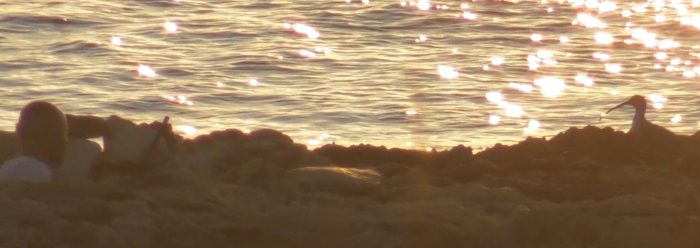
Rehabilitation and Releases
Despite the ongoing challenges of illegal hunting, our team can still share some nice successful stories this month.
We were thrilled to rehabilitate and release three young Pallid Swifts, all admitted from Mater Dei Hospital.
We were also able to rehabilitate a Yellow-legged Gull suffering from a severe gastrointestinal infection, and an Eurasian Wryneck recovering from a concussion.
Migration season also brought us a Wood Sandpiper, exhausted and weak on arrival, but back in full strength within two weeks and ready to continue its journey!
Among our most special patients we had an European Storm Petrel – found disoriented and carefully released back to the sea – and a Black-necked Grebe – discovered in a private swimming pool and now safely returned to the wild from Simar Nature Reserve.
We also rescued some birds trapped in private properties, including a Common Quail in Ta’ Xbiex, and four beautiful European Honey-buzzards.
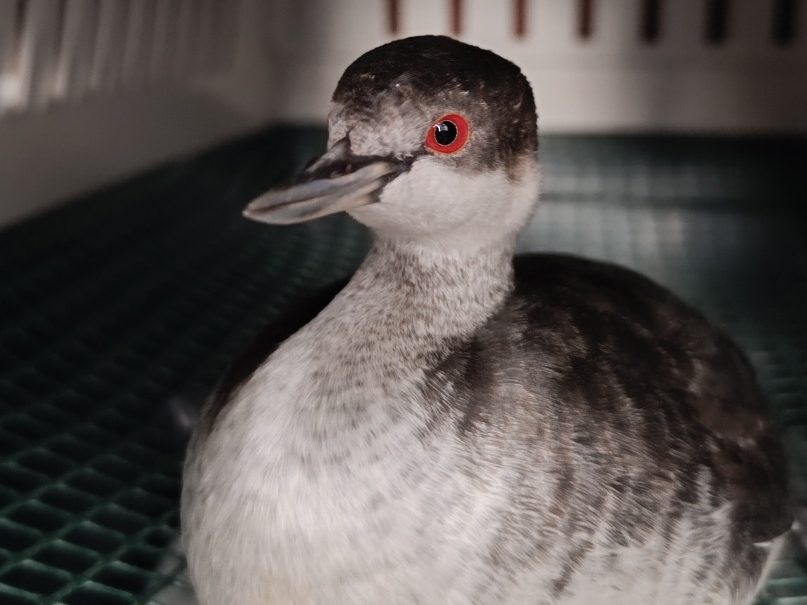
by BirdLife Malta
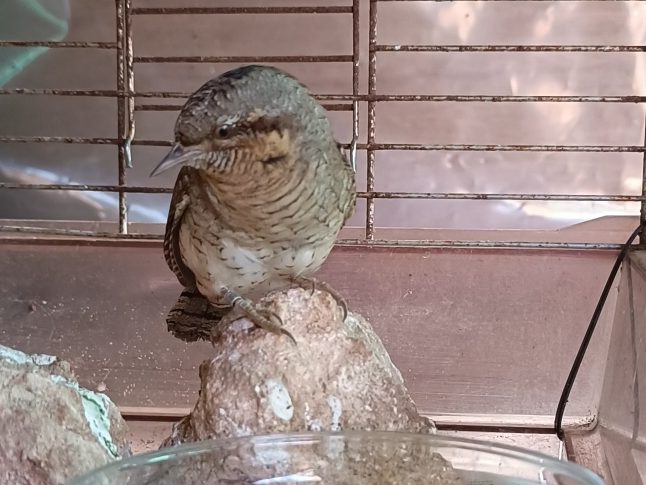
by BirdLife Malta

Keep an Eye Out for Scopoli’s Shearwaters!
This upcoming month, young Scopoli’s Shearwaters – Ċiefa in Maltese – will start leaving their nests for the first time!
Unfortunately, factors like light pollution can disorient them, causing them to end up stranded on land. Once grounded, these seabirds are at high risk from predators, dehydration, or starvation without timely help. Thanks to the public’s support, we’re able to rescue and safely release many of these birds back to the wild.
If you find a stranded Shearwater, please contact BirdLife Malta at 2134 7645 (office hours) or 7925 5697 (evenings and weekends). You may also call the police on 119 if needed.
Our team will collect the bird, ensure it receives a health check from our vet and proper care at rehab, and release it back into its natural habitat once it’s ready to continue its journey.
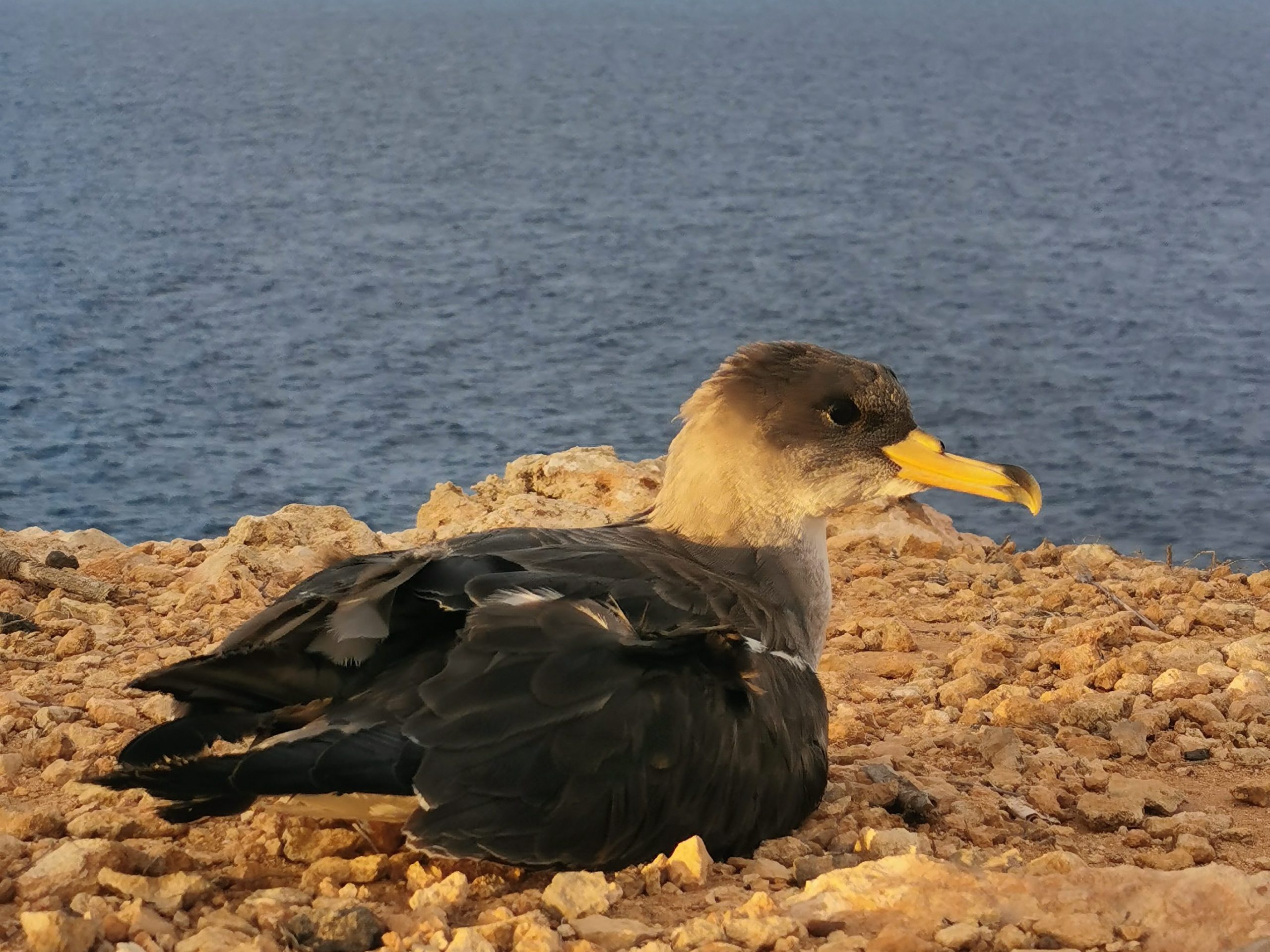
by Ana Raposo
Follow our LIFE PanPuffinus! project on our website and social media!

BirdLife Malta Calls for Stronger Environmental Considerations in Proposed Material Recycling Facility
BirdLife Malta submitted feedback on the Environmental Impact Assessment for the proposed Material Recovery Facility at the ECOHIVE complex in Naxxar, expressing concern over the significant 21,373 m² site footprint and the lack of detailed alternatives or compensatory measures.
We provided recommendations including compensating for land use impacts through the restoration of habitats and rubble walls, introducing bird-friendly landscaping with layered native vegetation, and integrating glass designs with frit patterns or placed behind screening to minimise bird collisions. We also called for the installation of nest boxes tailored to local species, measures to limit light pollution, robust biosecurity using wildlife-safe pest control, and detailed dust mitigation practices. These measures aim to balance development needs with biodiversity protection and ecological integrity in the surrounding area.
BirdLife Malta stresses the need for clear alternative solutions and compensatory actions to mitigate the loss of dense areas of indigenous species on the site.

Source: PA Map Server; E&D Consortium
Objection to Solar Farm Extension at Mellieħa Holiday Centre
A formal objection to PA/01632/25, concerning a proposed solar farm within an Outer Development Zone that partly overlaps with the Natura 2000 site L-Inħawi tal-Għadira and located near an archaeological buffer zone, was submitted by BirdLife Malta.
Additional development would further undermine the ecological and cultural heritage of the area and create a significant visual impact. Instead, we suggested installing smaller-scale rooftop solar systems on existing holiday centre buildings to achieve renewable energy goals with minimal environmental impact. Further to this, we recommended ecological restoration of the disturbed land in line with EU Regulation 2024/1991 on nature restoration.
Objection to the Construction of Bungalows with Pools for Tourists in Former Garden of Eden Complex
BirdLife Malta formally objected to a planning application for proposed tourist bungalows with pools at the former Garden of Eden complex. The site is highly sensitive, surrounded by protected cliffs and garrigue habitats, and overlaps with multiple nationally and EU-designated protected areas, including Special Protected Areas and Sites of Community Importance. The development would permanently compromise these habitats, introducing noise and light pollution, increasing visitor numbers and vehicular pressure, and intensifying commercial activity. Of particular concern is the impact on a breeding colony of 20–30 Yelkouan Shearwaters residing in caves at the lower end of Wied Babu, beneath the proposed development.
Yelkouan Shearwaters are nocturnal seabirds. They are highly sensitive to light, hence the application should be refused to uphold the EU Birds and Habitats Directives and safeguard the site’s ecological integrity.
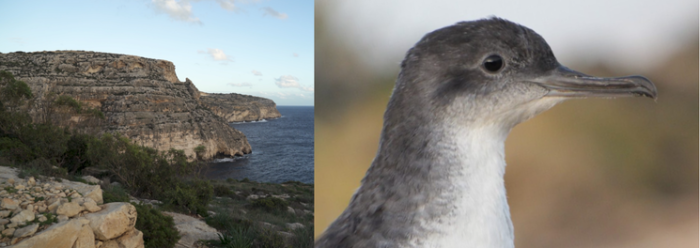
Feedback to Second Update to Malta’s Marine Strategy Pursuant to the Marine Strategy Framework Directive (MSFD)
The EU Marine Strategy Framework Directive (MSFD) was established to protect the marine ecosystem and biodiversity, which underpin human health and marine-related economic and social activities. To help EU countries achieve Good Environmental Status (GES), the directive sets out 11 qualitative descriptors.
In response to the public consultation on ERA’s update of Malta’s MSFD, BirdLife Malta provided detailed feedback on descriptors of seabirds, fish stocks, energy, and contamination.
As for seabirds, new data from LIFE PanPuffinus! and Birds Directive reporting should inform their GES, with monitoring expanded to include GPS-tracking of smaller species, breeding habitat conditions, reproductive output, and pollutants such as PFAS, heavy metals, and plastics. The Programme of Measures should ensure SPA protection for key colonies, continue rodent and invasive species control, and mitigate light pollution from land and shipping.
As for fisheries, spatial protection and Marine Protected Areas require stronger implementation beyond paper-based Natura 2000 coverage. Artificial lighting, underwater noise, scrubber wash water from ships (which contains pollutants removed from exhaust gases for air pollution control), and PFAS contamination need monitoring, enforcement, and mitigation.
Overall, BirdLife Malta urges integrated, science-based measures to achieve GES and safeguard Malta’s marine biodiversity.

Salina Nature Reserve
Sightings
The last one was once again a hot and dry month. Nevertheless, birds kept following their regular migration pattern.
Common Kingfishers were seen fighting for their territory while waders were busy feeding to fatten up before continuing their long migrations. Among them there were an Eurasian Oystercatcher and a couple of Ruddy Turnstones, rare birds for the reserve as they prefer the coastline.
Birds of prey were spotted passing over the reserve as well, including European Honey-buzzards, Western Marsh-harriers and even an Osprey. Other noteworthy birds were a Black Tern and a Great White Egret.
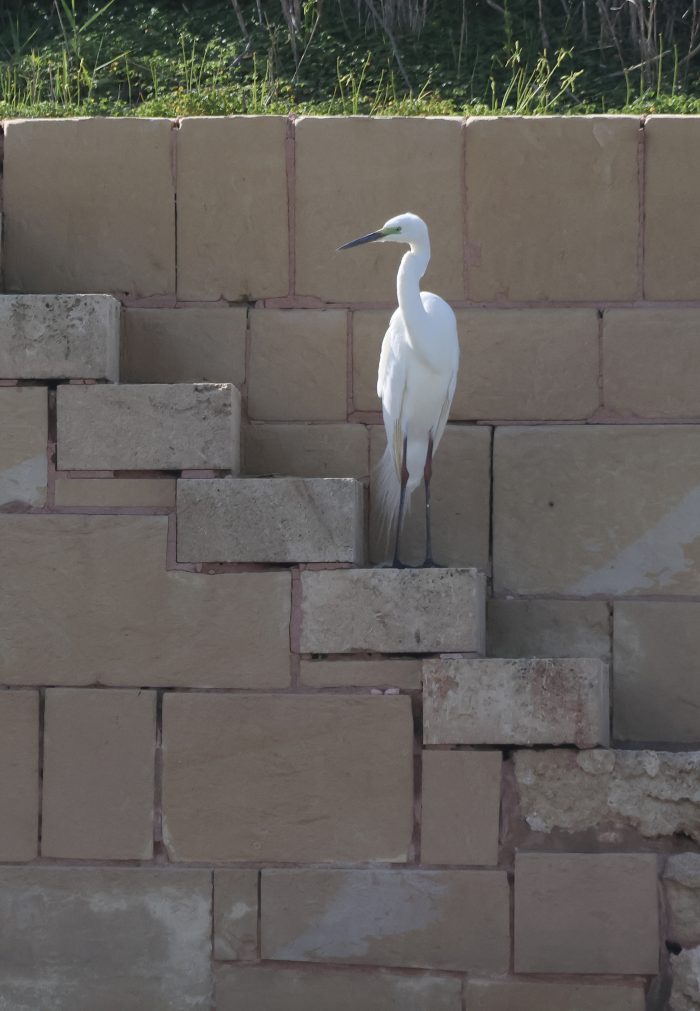
by Aron Tanti
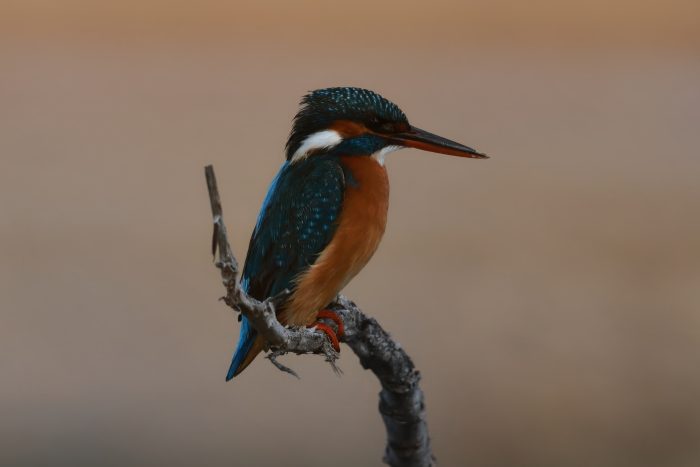
by Ian Balzan
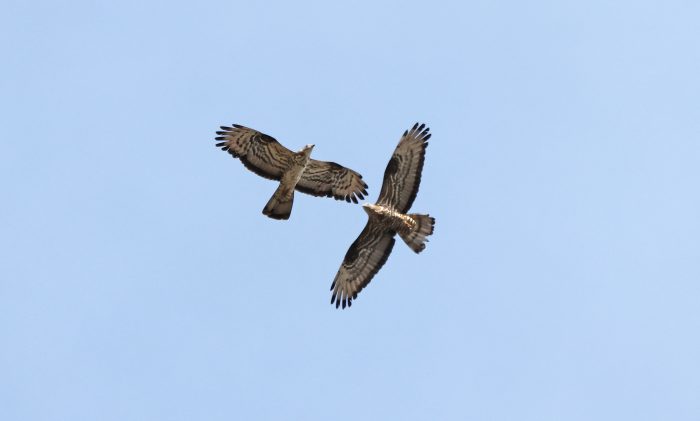
by Aron Tanti
Works
Before the arrival of rainy weather, our team undertook some important jobs that otherwise would be difficult to complete in wet conditions. The most noteworthy of them included the treatment with preserving oils of the wooden roofs of the main buildings. Due to the dangerous nature of this task, a contractor was brought on site to undertake the job using appropriate machinery. Furthermore, a thin layer of clay was spread in one of the saltpans. Once again, a contractor spread the material with a small excavator. After that, the reserve staff carried about 5000kg of small pebbles to this area and spread them in a thin layer. This is intended to provide suitable habitat to encourage more Little Ringed Plovers and hopefully Black-winged Stilts to breed in Salina Nature Reserve.
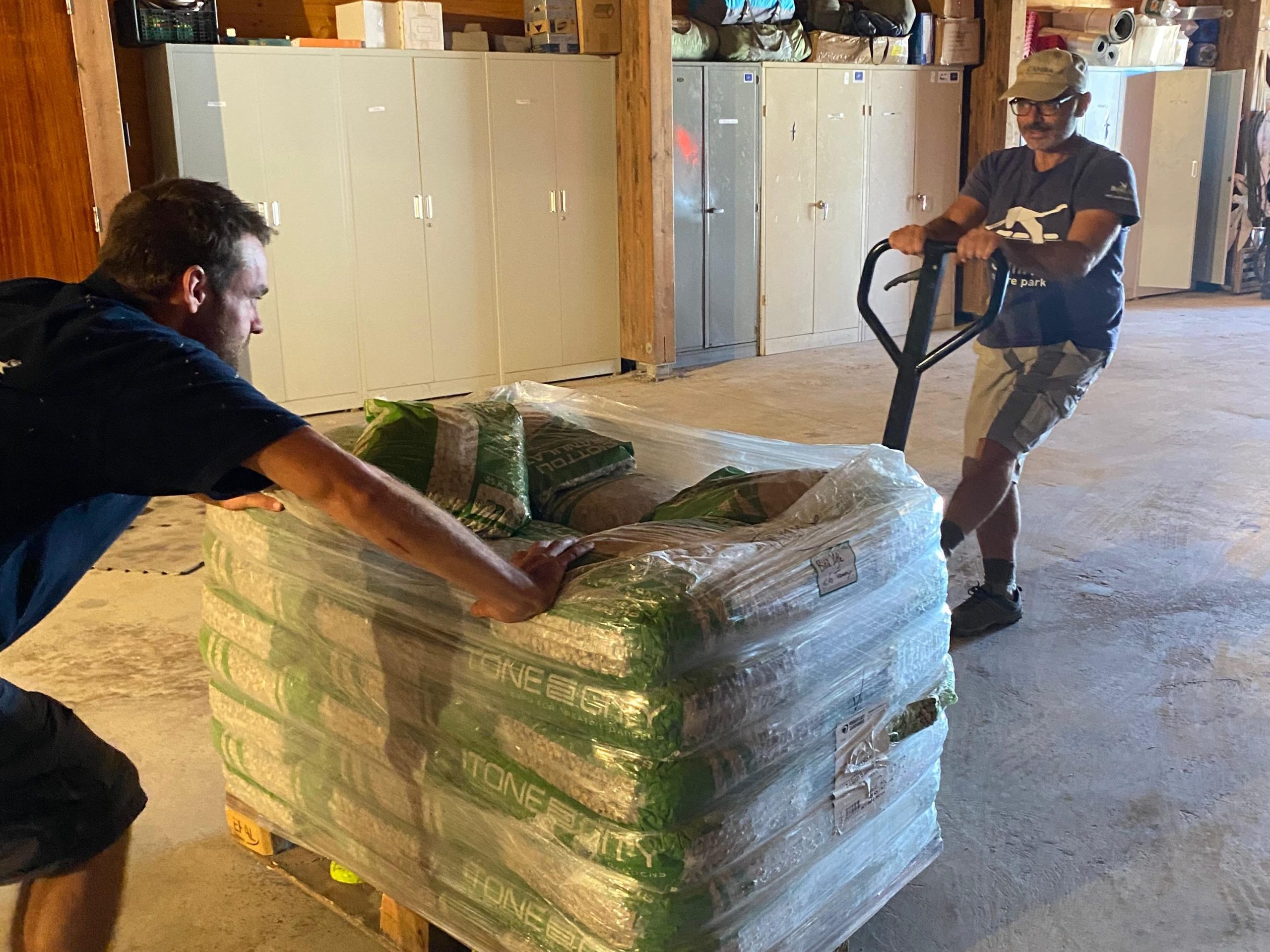
Għadira Nature Reserve
Sightings
A good variety of birds came to Għadira Nature Reserve this month, albeit in small numbers. Amongst duck species were two Garganeys, a Common Teal and a Ferruginous Duck, recorded on different dates. Herons were rather scarce, with sparse sightings of Grey and Purple Herons. Little Egrets were the only heron species which visited daily, with occasionally more than 30 recorded in a day! Two Glossy Ibises visited briefly, and a large flock of Night Herons was seen flying over the reserve.
A Little Grebe and a Black-necked Grebe stayed throughout the month. The last juvenile Black-winged Stilt left the reserve early in September and small numbers of Dunlins, Green Sandpipers, Little Stints and Common Ringed Plovers were recorded almost daily. Up to three Little Ringed Plovers – including juveniles hatched this year – stayed throughout the month. Two Caspian Terns were noted on migration.
A couple of Common Kingfishers were recorded daily, and a few Eurasian Wrynecks were noted. Migratory passerines were particularly lacking with Subalpine Warblers being the only species recorded frequently. Very few Willow Warblers, Reed and Great Reed Warblers and Common Redstarts were recorded.
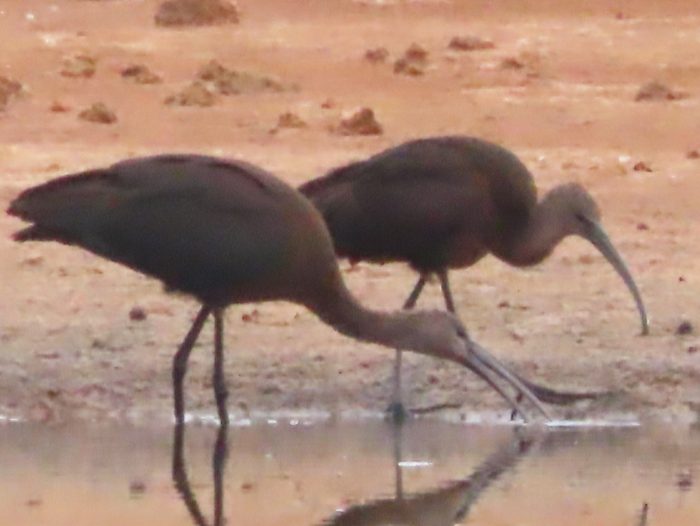
by David Attard
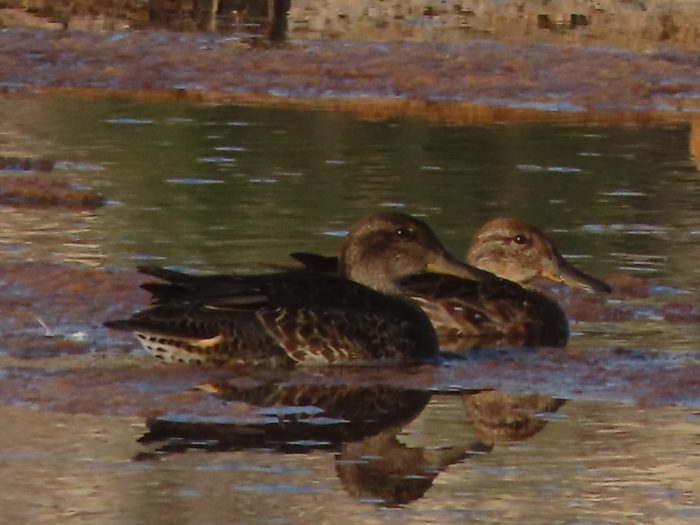
by David Attard
Works
Necessary masonry repair works were done on the Visitors Centre façade as well as inside the garage.
A new information wall panel was installed inside the new bird hide. The display shows pictures of the reserve in its early years and demonstrates the awards it attained. The bird hide façade was also painted in a green pastel colour to camouflage it with the colour of the Tamarix trees .
Due to the lack of rain, frequent filling of freshwater ponds and irrigation had to be continued throughout the month.
Finally, the Sand Burrowing Cricket annual survey was concluded, with the last active burrow noted in mid-September.
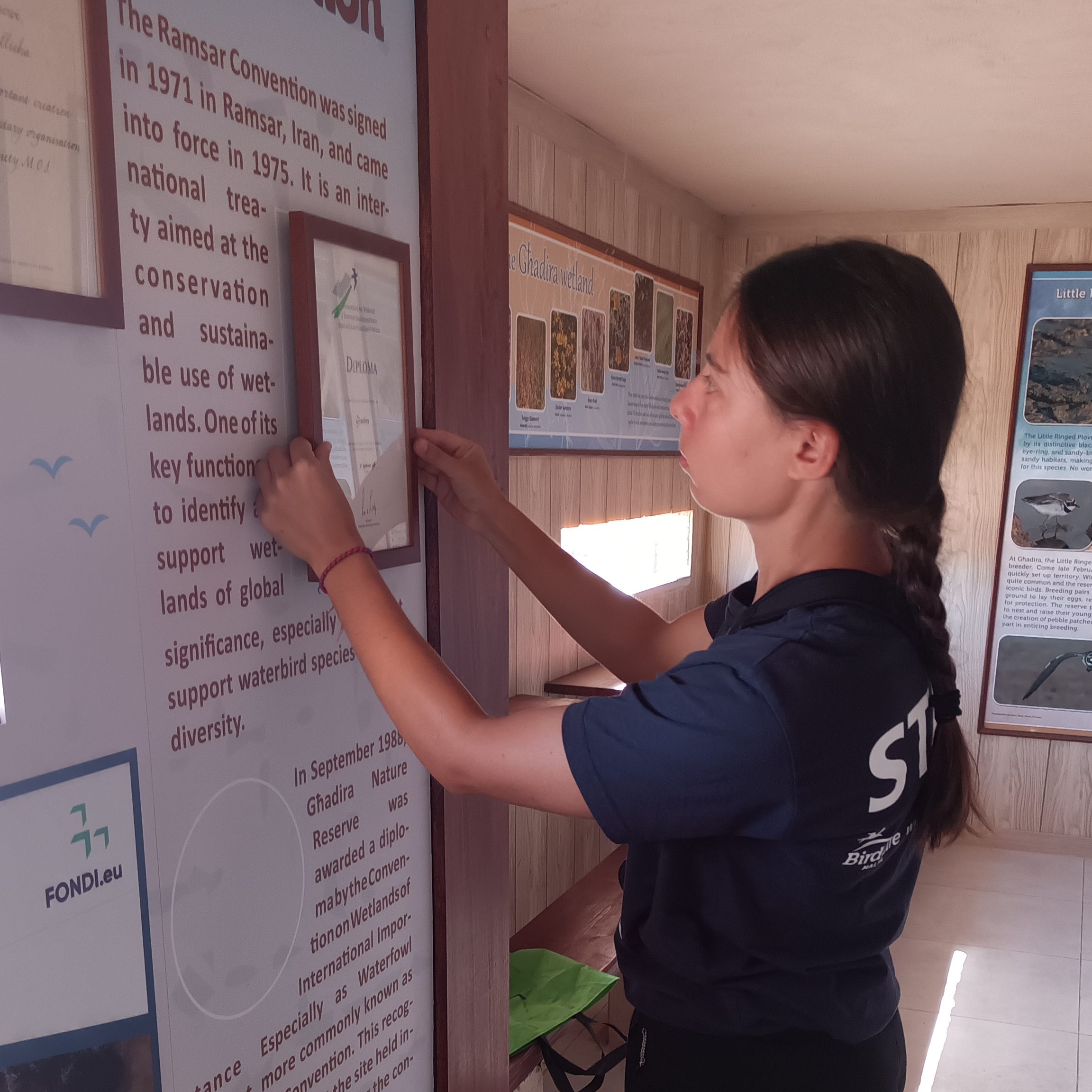
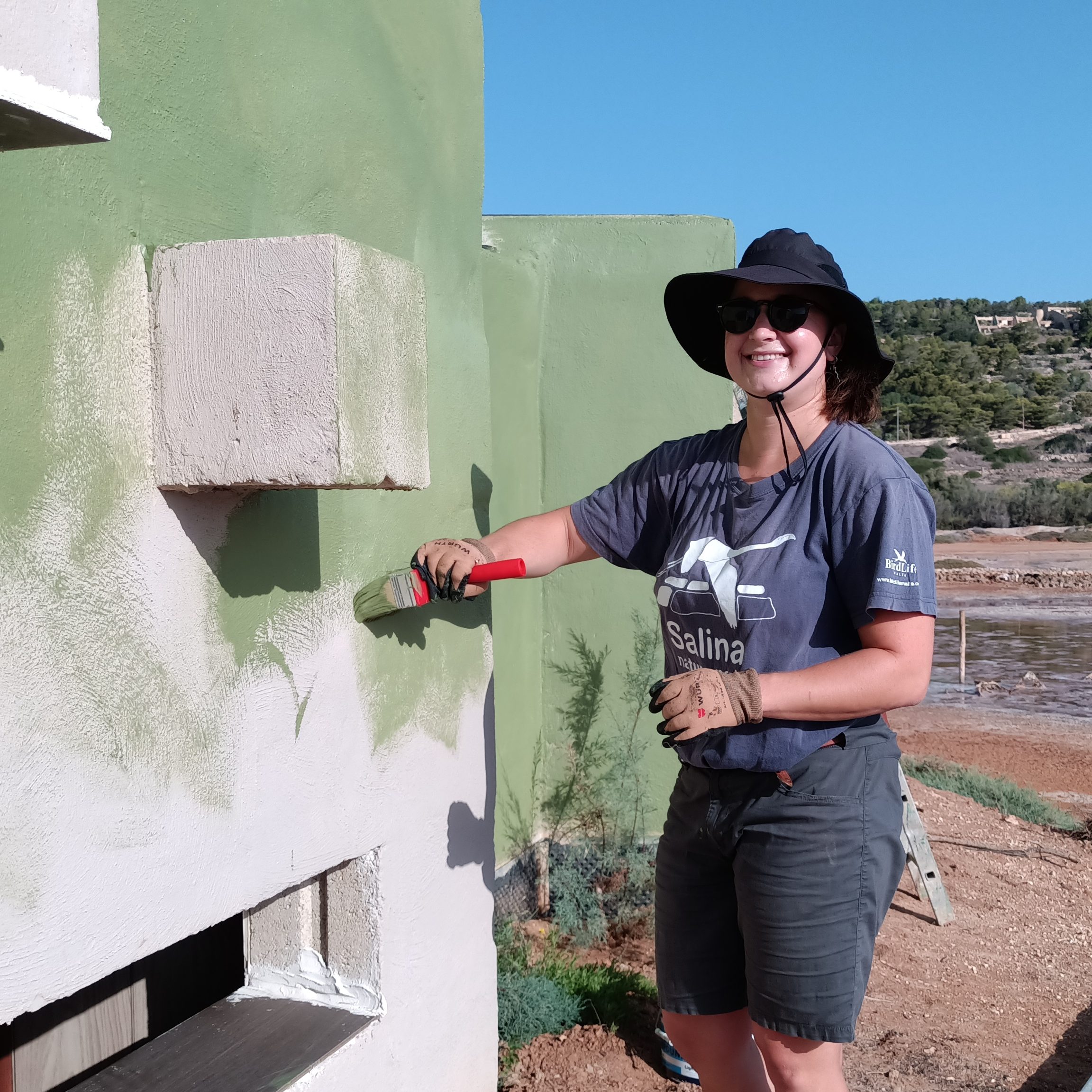
Simar Nature Reserve
Sightings
The low water levels continued to attract several wader species to feed on exposed shorelines and mudflats. Common Sandpipers, Wood Sandpipers and Little Ringed Plovers were regularly present. Other waders included Green Sandpipers, Common Snipes, Curlew Sandpipers and Ruffs.
Feeding on the mudflats were also Little Egrets and Grey Herons, as well as a Squacco Heron. Eurasian Teals were also seen regularly, whilst Common Kingfishers continued to arrive in good numbers. The first wintering Common Coots started to arrive, and several of them were in the reserve by the end of the month. Water Rails also joined us, revealing their presence with their their characteristic squealing calls.
Various other birds were present in both wetland and woodland. The most notable were Willow Warblers, Common Redstarts, Subalpine Warblers, Blackcaps and Reed Warblers. Although the breeding season ended a few months ago a Common Moorhen chick – just a couple of days old – was observed as it was being fed by the adults. This is the latest ever record of breeding by Moorhens.
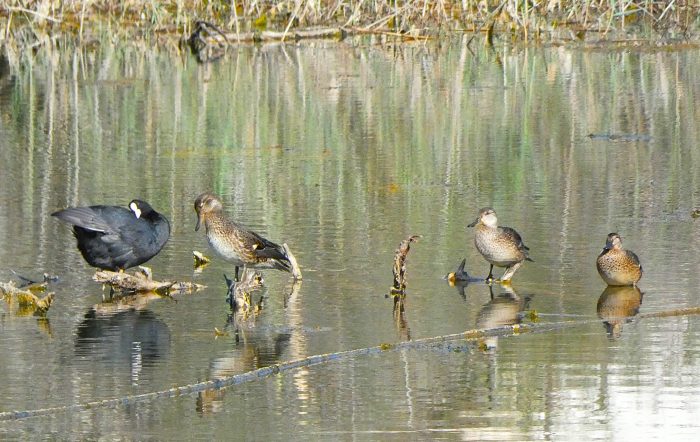
by Charles Coleiro
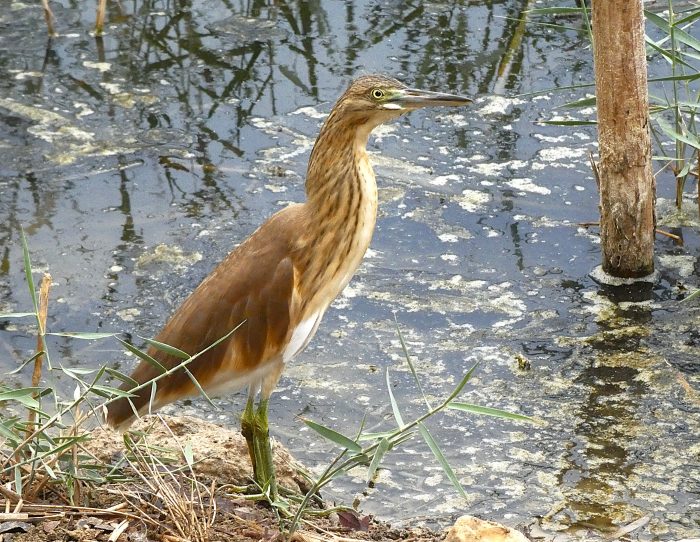
by Charles Coleiro
Works
For the past four months, after school visits stopped, we embarked on several tasks. These included both habitat management works and visitor related interventions. All tasks were completed just in time for the re-opening of the nature reserve to the public!
Necessary works were aimed at diversifying the various habitats thus helping maintain and improve plant and invertebrate communities, as well as maintaining and creating new feeding habitats for visiting birds.
The new wooden hide overlooking the wetland and facing south was finally completed. We also finalised the new winding path, together with new wooden railings and wooden seating. The visitor centre was also upgraded with new wall panelling and improvements to the visitor welcoming area.
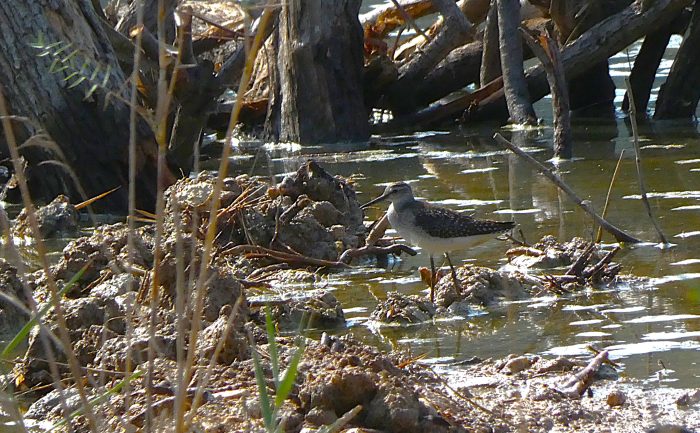
by Charles Coleiro
Foresta 2000
Sightings
During the past month, we observed several Western Marsh-harriers in Foresta 2000, along with other birds of prey including Common Kestrels, Montagu’s Harriers, and European Honey-buzzards. A Eurasian Golden Oriole was also spotted, adding a splash of colour to the canopy.
Common autumn migrants such as Eurasian Blackcaps, Barn Swallows, and Willow Warblers were recorded as they continued their southbound journeys. Juvenile Blue Rock-thrushes were seen frequently around the cliffs – a reminder of the successful breeding season earlier in the year. Insects also added vibrancy to the reserve, with many brightly coloured dragonflies, such as Scarlet Dragonflies, and Swallowtail Butterflies on the wing.
During a special night walk with the Nature Guardians – our young nature enthusiast group – the reserve revealed its more secretive residents. Participants encountered Praying Mantises waiting silently in the grass, curious Hedgehogs moving through the undergrowth, and a remarkable number of baby Chameleons.
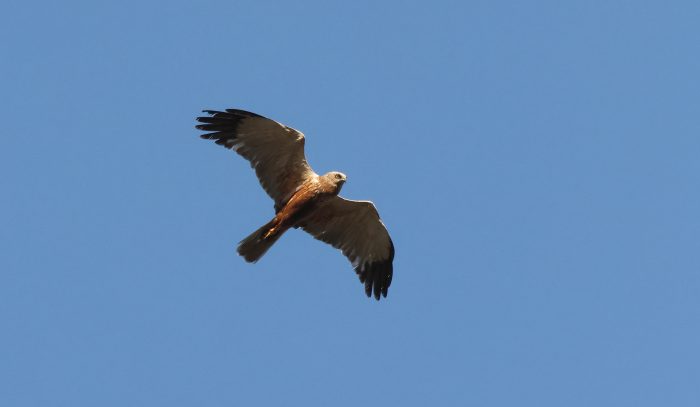
by Aron Tanti
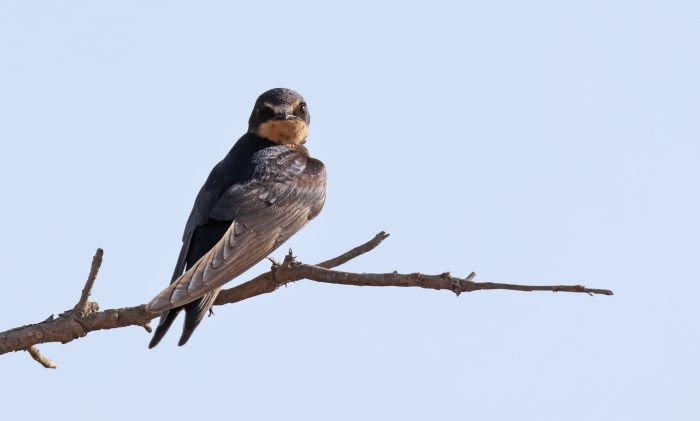
by Aron Tanti
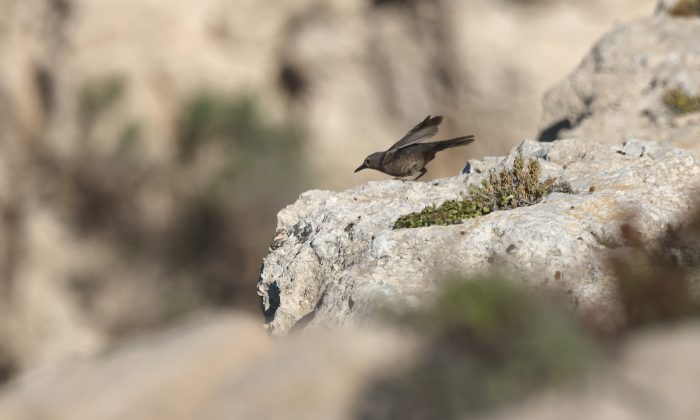
by Aron Tanti
Works
This month, Foresta 2000 was particularly busy. Path trimming and stair repairs were carried out to ensure safe access across the reserve ahead of the scholastic year. Regular clean-ups also continued.
Furthermore, the reserve also became a home base for our young Nature Guardians, with one of the summer course sessions taking place here, alongside a night hike with our Alumni Community – a community composed of all the children who graduated from previous Nature Guardians courses. Families joined in as well, and parents enjoyed the experience just as much as their children!
Would you like to be part of this growing community? Join the Nature Guardians and take part in activities that connect people of all ages with nature! And who knows… should we create a similar course for adults too?
Send us an email to [email protected]
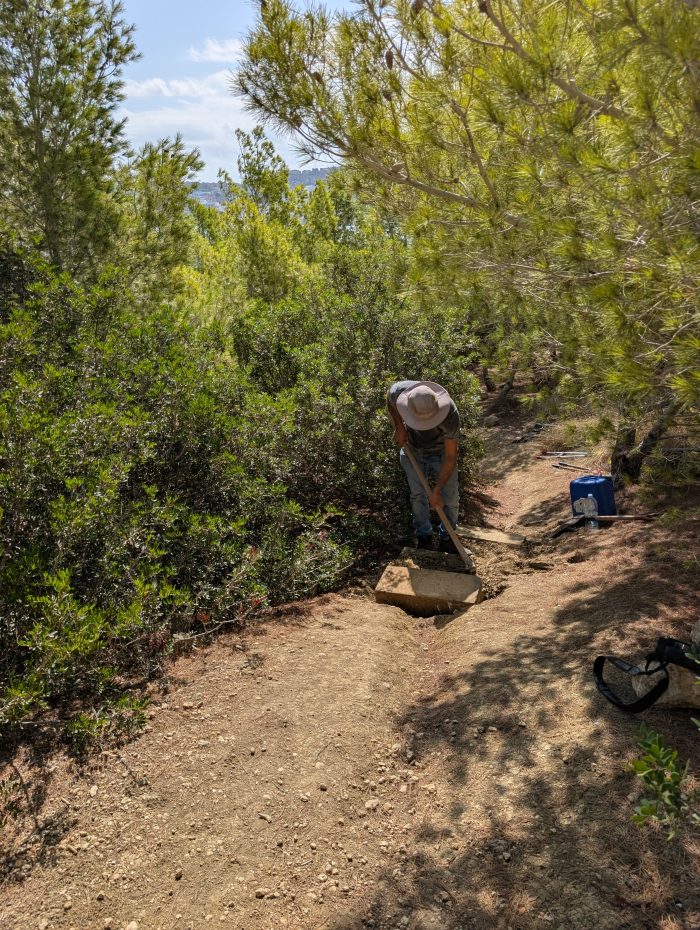
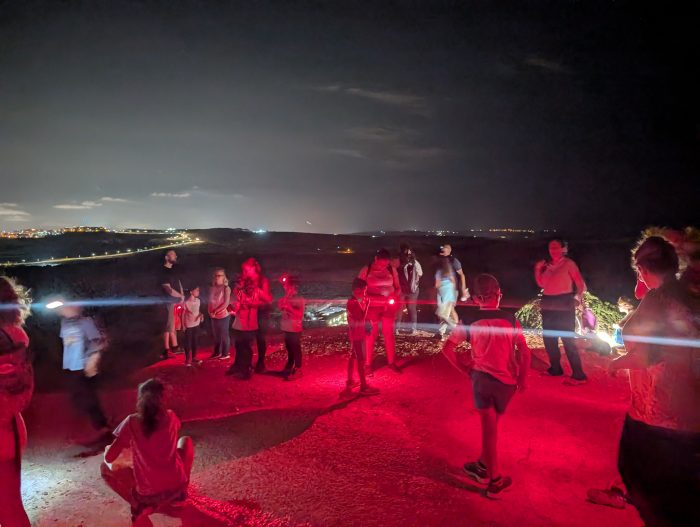
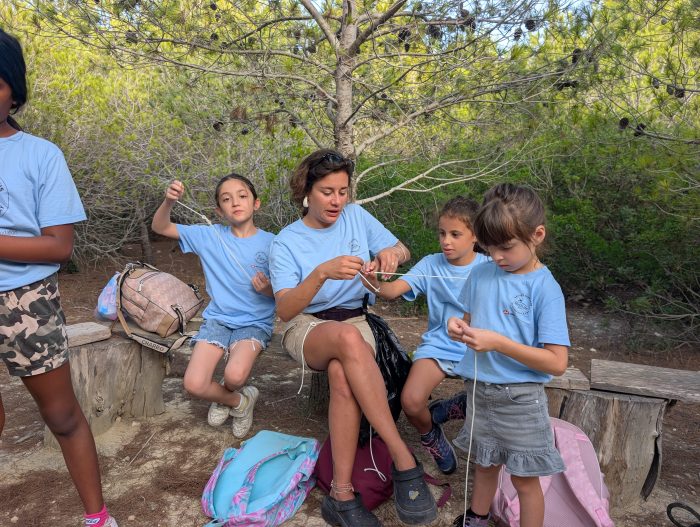

Autumn Migration at its Peak!
The first half of the month brought many consecutive days of sunny weather and light winds, which favoured the migration of good numbers of Western Marsh-harriers and Montagu’s Harriers. However, numbers of European Honey-buzzards and Ospreys were somewhat low this year.
On the last day of the month we saw a Lesser Spotted Eagle that seemed to originate from a reintroduction programme in Germany, as could be told from the ring the bird was wearing.
Other interesting sightings from this month included a few Great White Egrets, Kentish Plovers, Eurasian Dotterel, European Rollers and other bids.
However, the biggest surprise of the month was probably seeing a wild juvenile Egyptian Vulture from Buskett. This was a rare occurrence since most of the Egyptian Vultures seen in Malta usually originate from captive breeding and reintroduction programmes.
Finally, one lucky ringer at Wied Ħarq Ħamiem ringed a juvenile Red-backed Shrike. This species is just about annual in very small numbers in Malta. It used to be more common, and has even bred in Malta in the past. However, this is one of the species which has suffered greatly from the industrialisation of agriculture in Europe, and has in fact declined rapidly across most of central and Western Europe. As with many other shrikes, Red-backed Shrikes often perch on exposed branches or wires to scan for a prey, which they impale on thorns or barbed wire to serve as a cache for later meals. For this reason, they are also sometimes called “butcher birds” due to this behaviour.
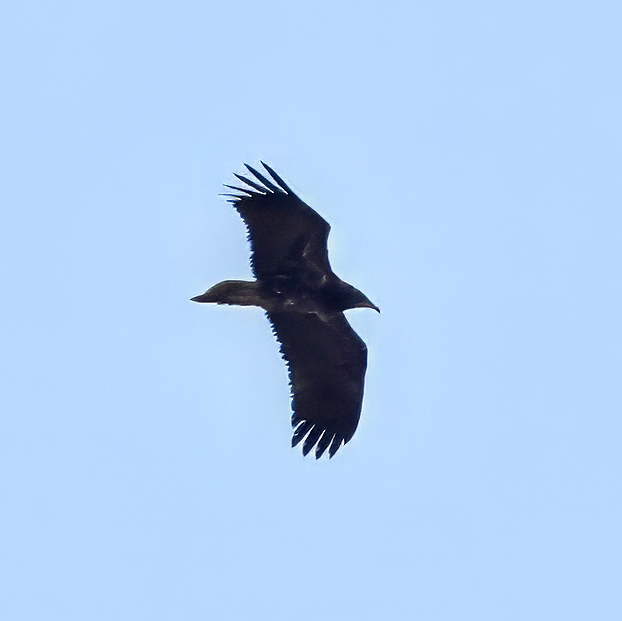
by Nicholas Galea
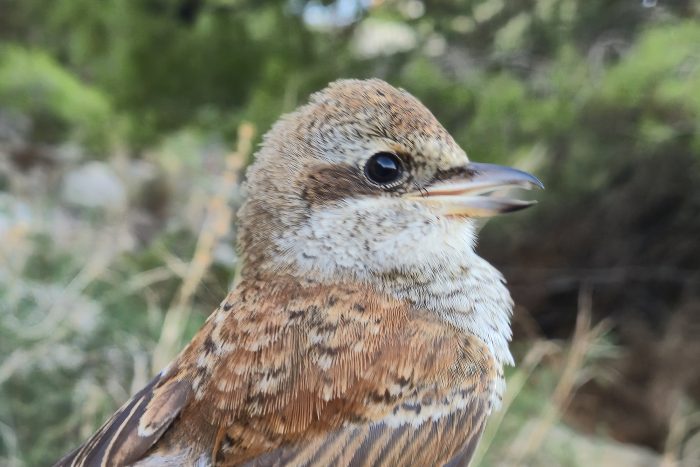
by Denis Cachia
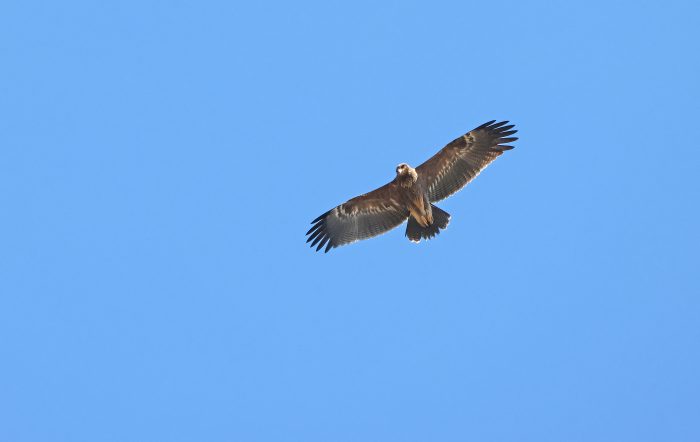
by Aron Tanti

Three New Dinja Waħda Gardens
This scholastic year we are working on three new Dinja Waħda Gardens: at Pembroke Secondary School, at Santa Venera School and at the Centre for Digital Literacy!
Dinja Waħda Gardens are BirdLife Malta’s exciting project to bring biodiversity to schools. We suggest ways and draw up plans on how best to attract birds, insects and wild flowers to school grounds. These gardens are excellent for getting children to connect with nature, so we also do teacher training to help schools make the best of this opportunity; we also have a small team of gardeners to help set up the area.
The welcome signs are ready! Thank you ERA for funding the gardeners and signs, EDU Infrastructure Programme for works at Santa Venera, and volunteer Silvio Scicluna for his expert woodwork.
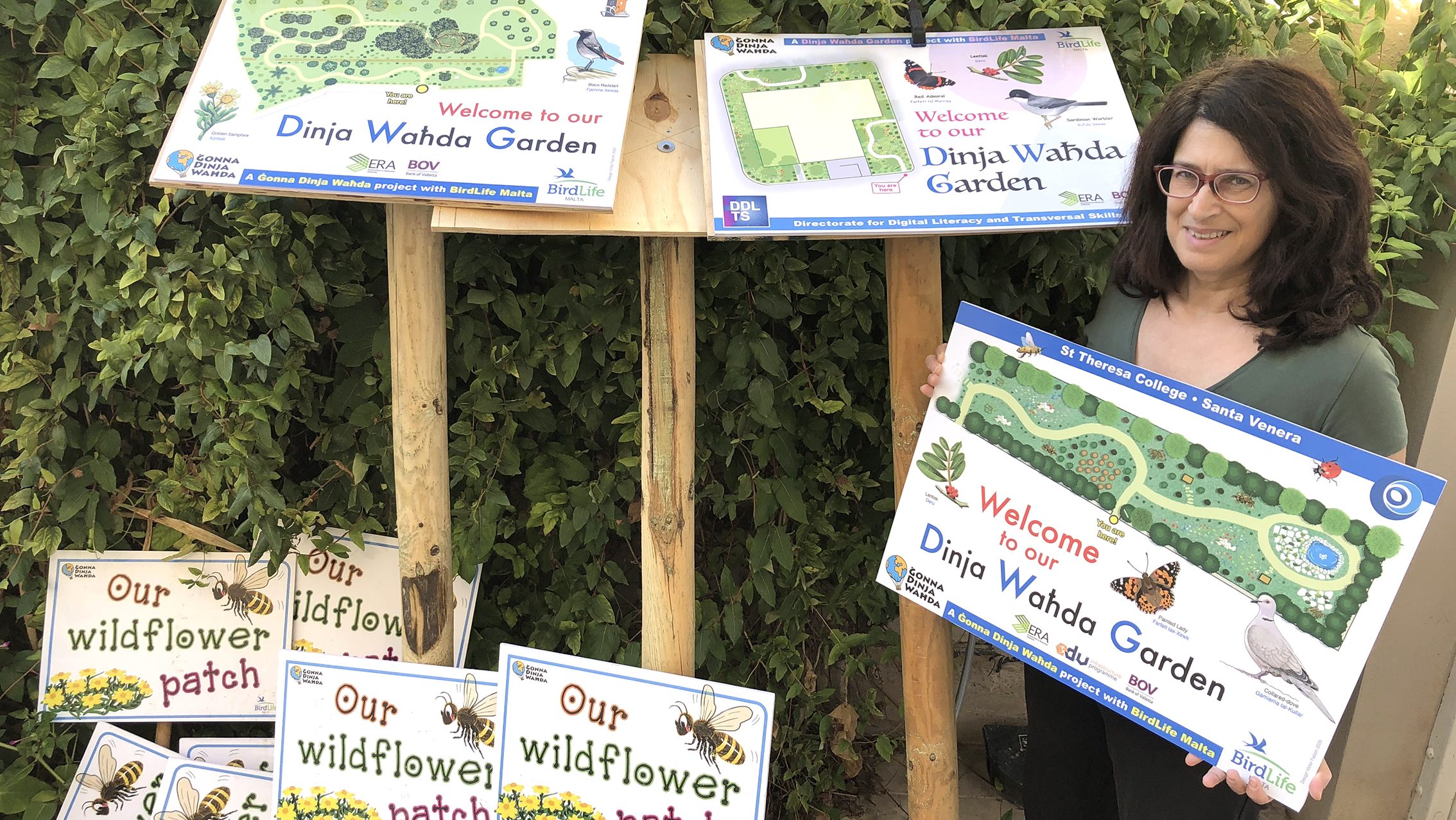
Summer Nature Guardians Graduation!
What an incredible journey it has been! Our Summer Nature Guardians wrapped up their course this week with a joyful graduation. The children proudly presented their final project in front of parents and peers, shared feedback, and celebrated all they had learned.
Over the summer, these young guardians have not only discovered nature and gained new knowledge, but they have also formed a community, found friends, and built memories that will last a lifetime.
Of course, it wouldn’t be a true celebration without good food, laughter, and plenty of smiles! Many have already signed up for the next course, proving how much this programme has become part of their lives.
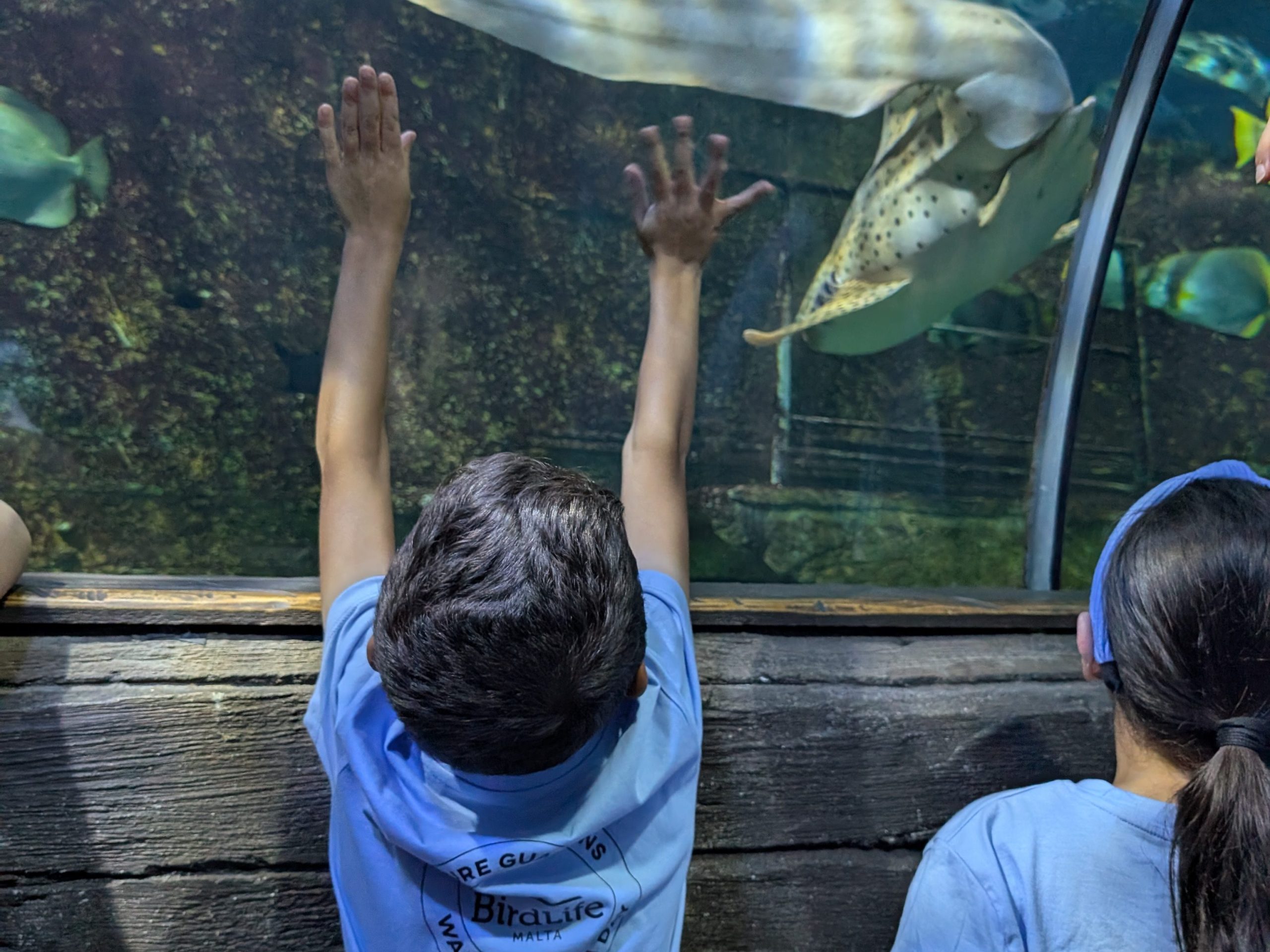
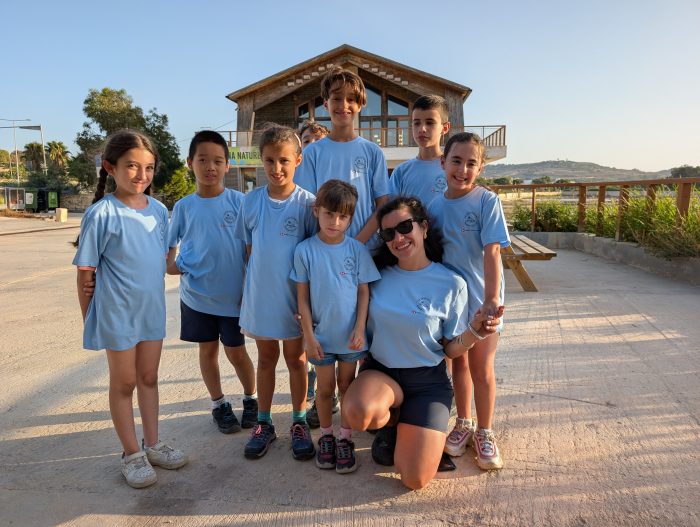
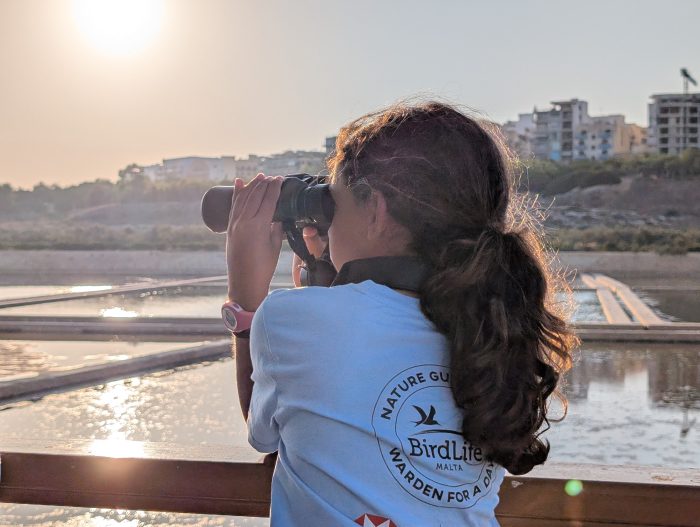
Celebrating Sand Dunes Day and the Rarest Habitat in Malta
During the last month we celebrated one of the rarest habitats in Malta – the sand dunes!
Visitors at Għadira Nature Reserve had the opportunity to see an area of the reserve that is usually inaccessible to the public and learn about the uniqueness of sand dunes via guided tours. Afterwards they had the chance to participate in activities, look through a digital microscope and build their own sand dune to take home.
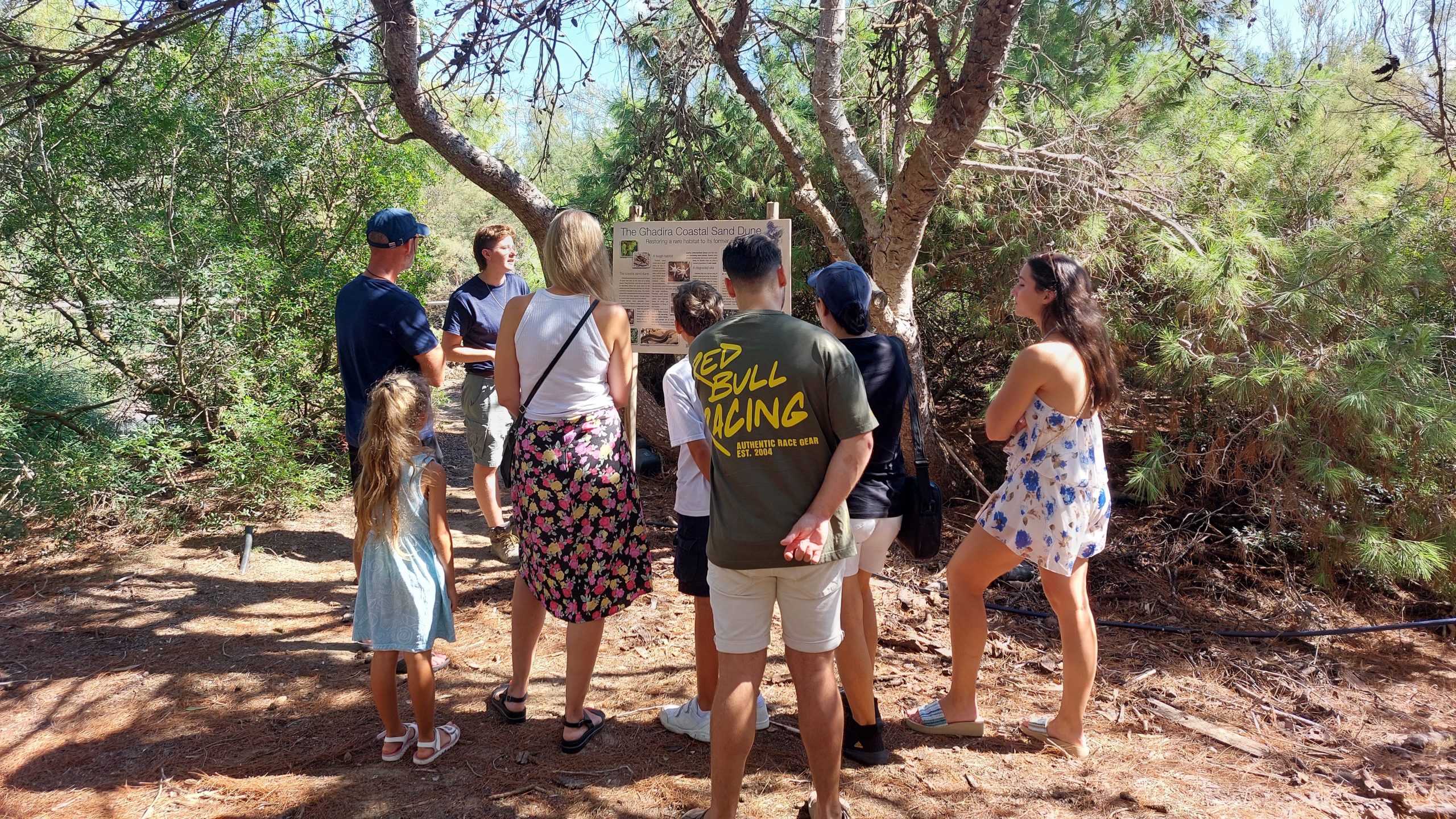
Watch Out for Birds of Prey
As migration reached its peak, we were happy to organise a raptor-watching session in Buskett!
It was an excellent opportunity to see various migratory species such as Western Marsh-harriers, European Honey-buzzards and Black Kites. If you didn’t manage to join us, just keep your eyes open and your neck bent to the sky – you may still be able to see them!
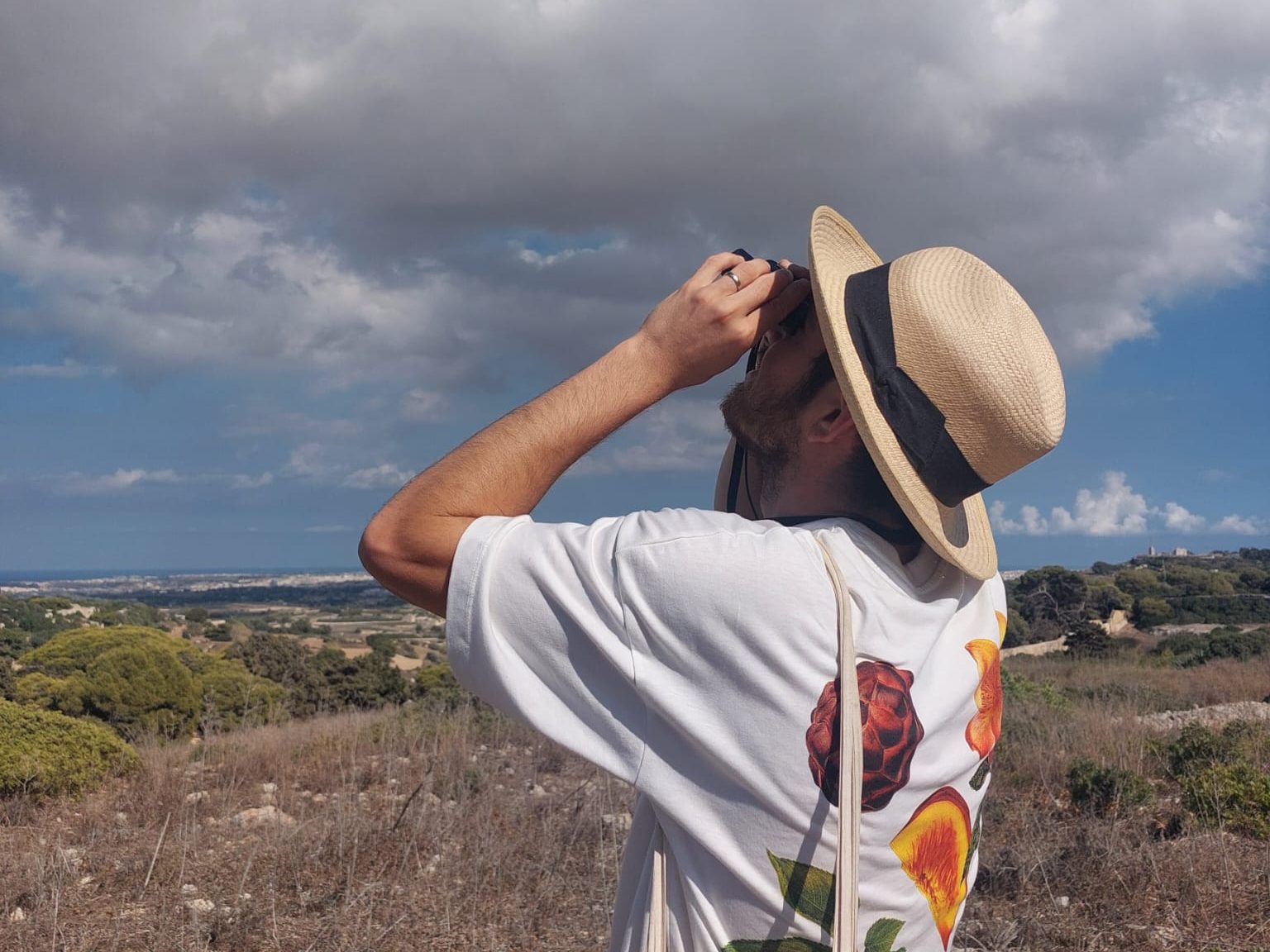

Clean-Up with BOV!
A group of volunteers from Bank of Valletta left their office for a day to experience the life of a reserve guardian in Majjistral Park. They joined us for a clean-up in areas currently under restoration, helping in the ongoing fight against invasive species. Together we can reclaim space for native plants! A huge thank you to all of them!
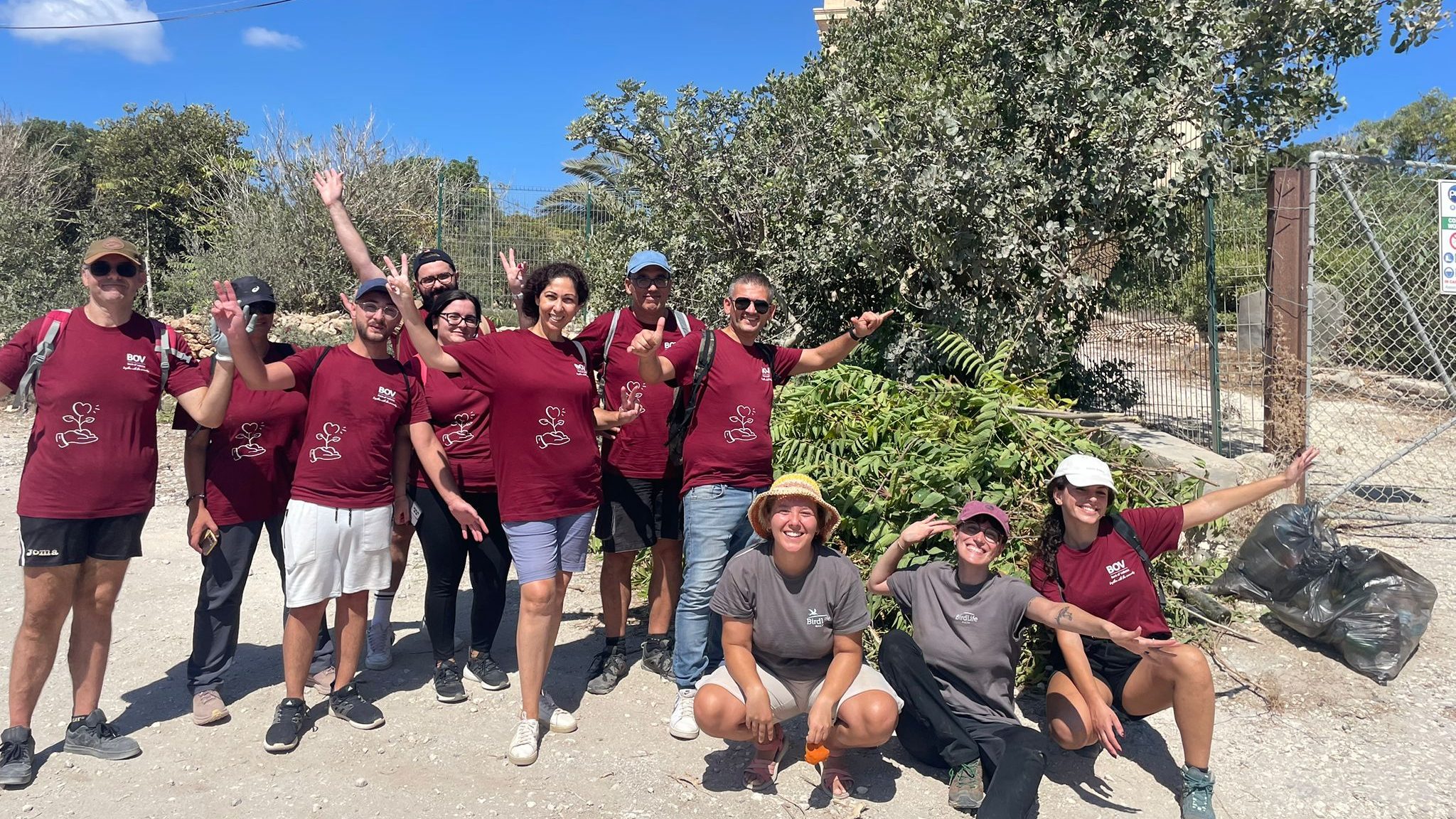
Sunset Walk in Buskett and Surroundings
In September we had our first nature walk of this autumn, organized by our Events & Activities Committee!
Over 70 participants walked with us from Buskett to Dingli Cliffs, where we saw the ancient cart ruts and the Għar il-Kbir cave complex. Luckily, we were able to catch the breathtaking sunset from the cliffs. After that, we completed the walk by circling back to Buskett after stopping at the Mary Magdalene chapel.
Don’t miss out our next walks!
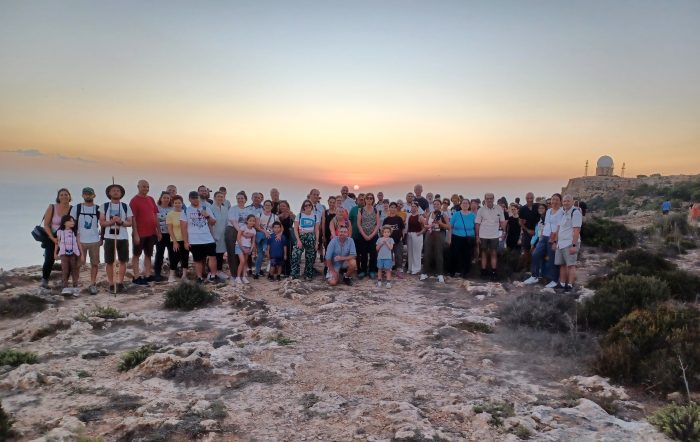
Credits
Text: David Attard, Justine Borg, Charles Coleiro, Victor Falzon, Ricardo Fernandes, Sofia Meskhidze, Manuel Mallia, Stefano Miceli, Vera Tokmakova, Alice Tribe, Silvia Viviani
Photographs: David Attard, Camilla Bianco, Denis Cachia, Charles Coleiro, Nicholas Galea, Sofia Meskhidze, Ana Raposo, Aron Tanti, Vera Tokmakova, Silvia Viviani, BirdLife Malta
Editing: Nadia Sodano
